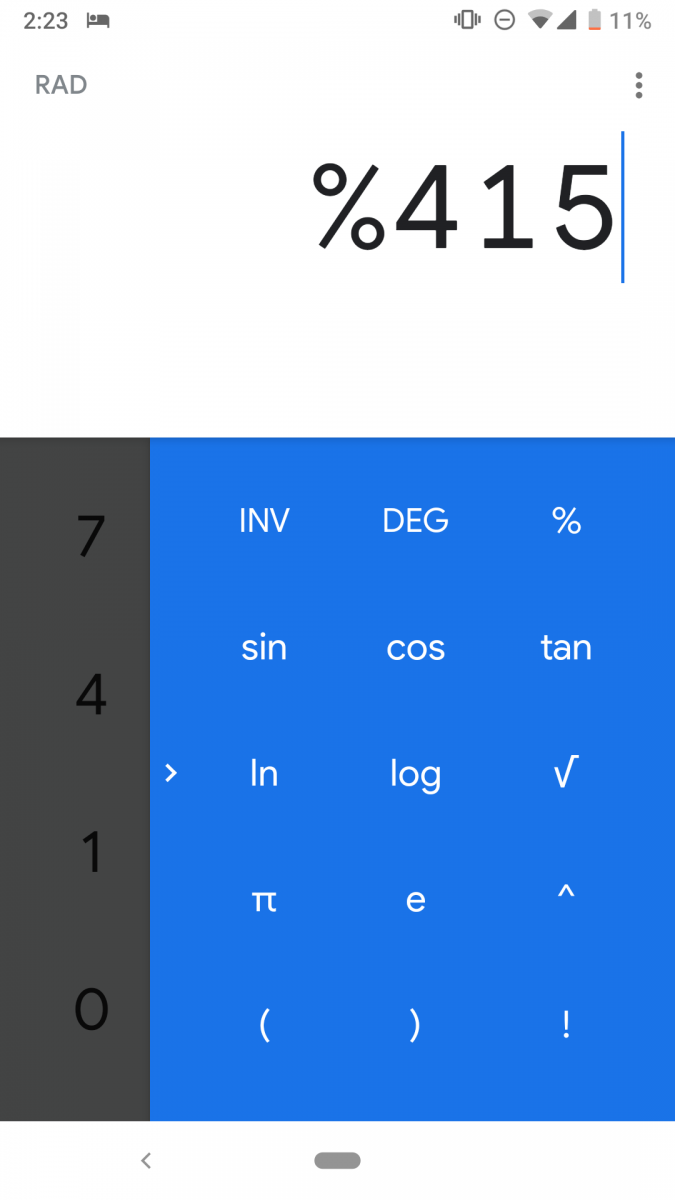


A doctor working with infectious diseases may be concerned about becoming infected or spreading the disease. The challenge is determining which beliefs are reasonable and which are not.Ī lawyer working with detained immigrants might worry that they are being monitored by the government. When a person’s fears are rooted in reality or reasonable, they’re not paranoid. While often a hallmark of schizophrenia, it can also be due to other mental health diagnoses. A 2008 study that compared social anxiety to paranoia found that people with unusual perceptions, including hallucinations, were more likely to experience paranoia.ĭelusional paranoia is paranoia due to a false belief.
#Google console calculator how to
Knowing where to draw that line, and how to decide whether a fear is reasonable or not, can help people seek appropriate mental health care. That’s especially true when a person’s apparently paranoid fears turn out to be true-as was the case for activists targeted by programs such as COINTELPRO, and for Ernest Hemingway, who really did have an FBI file. They can be part of the typical range of human experience or signs of a serious mental health diagnosis.ĭrawing the line between normal fears, anxiety, and paranoia can be difficult. Suddenly, fears that once seemed paranoid were decidedly rooted in reality. In 2013, former CIA employee and government contractor Edward Snowden released classified documents revealing the broad scope of U.S. How to Send Appointment Reminders that Work.Rules and Ethics of Online Therapy for Therapists.
#Google console calculator software
Practice Management Software for Therapists.


 0 kommentar(er)
0 kommentar(er)
